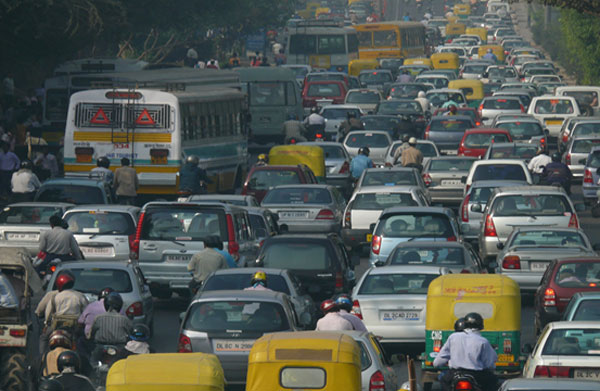A joint TERI-ARAI study says Delhi itself may be responsible for just 36% of its PM2.5 pollution. Rest is from regions beyond the city. “Within the 30% contribution of industries, brick-making accounted for 8%, power stations 6%, stone crushers 2%. In transport’s 28% share, trucks contributed 8%, two-wheelers 7%, three-wheelers 5% and cars a mere 3.4%.”
Study: If India meets pollution norms, life expectancy may increase 6 yrs in Delhi
Latest research says if India successfully meets own air quality goals, life expectancy of people living in Delhi and across Indo-Gangetic plains would increase by over one year on average, and by four years if WHO norms are met. In Delhi, “people would live six years longer if air quality met national standards.”
Court allows study of CNG-hydrogen mixed fuel
To curb air pollution, Indian Oil Corporation Ltd told Supreme Court it was conducting a study mixing CNG and hydrogen fuel for buses. The court allowed them Rs 15 crore collected under environment compensation charge to conduct the study, expected to yield results in 6 months.
Pollution check: Supreme Court okays colour-coded stickers for vehicles
By September 30 vehicles in National Capital Region will have colour-coded stickers identifying various kinds of fuels. The Supreme Court accepted Centre’s proposal: diesel vehicles will have orange stickers, while petrol and CNG vehicles will have blue stickers on the windscreen.
About The Author
You may also like
Delhi-NCR most polluted region in India, Karnataka the cleanest air in India: Report
Outdoor air quality chronically underfunded, finds State of Global Air report
PM2.5 shortening average life expectancy of Delhi residents by almost 12 years
PM 2.5 air pollution increases anti-biotic resistance globally, India risk increases 2.5%
Green court forms panel to release air pollution control norms around hospitals with in the next 3 months


